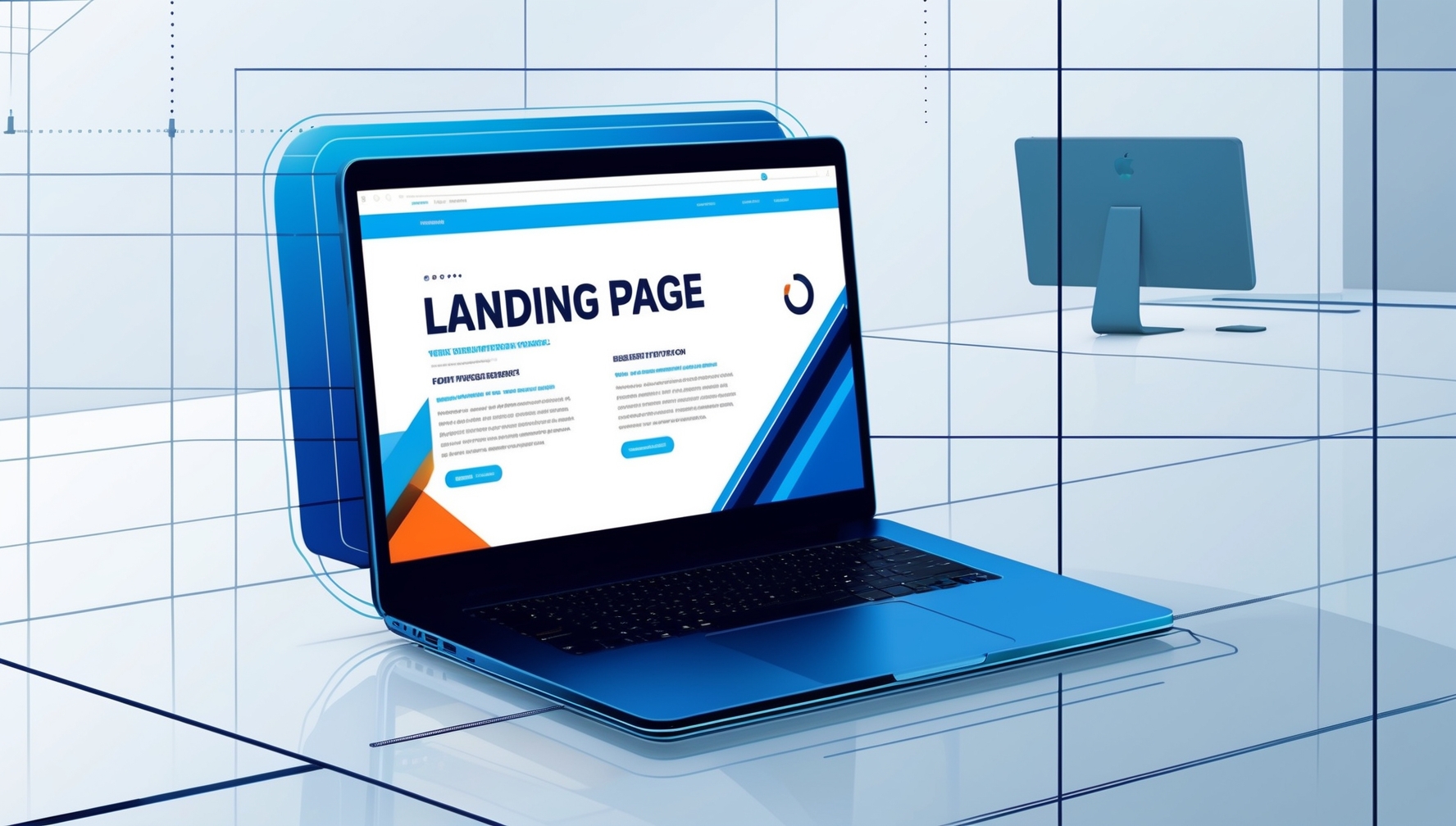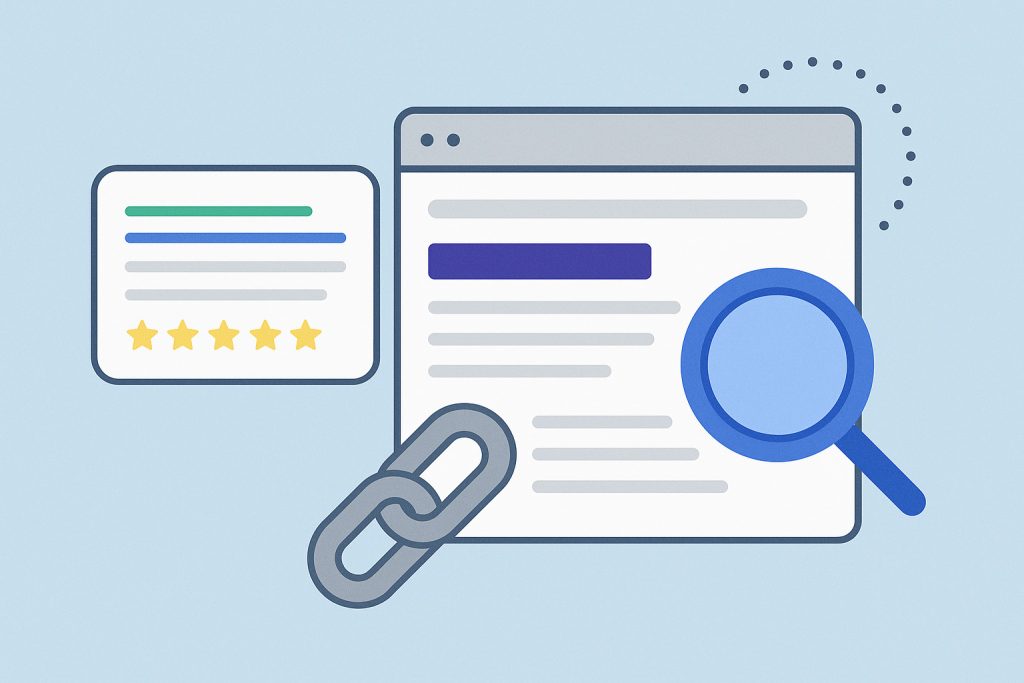A landing page is a crucial tool in digital marketing, serving as the entry point for visitors who engage with your marketing campaigns. An effective landing page can significantly improve conversion rates by guiding visitors toward a specific action, whether it’s signing up for a newsletter, making a purchase, or downloading a resource. Here are the essential elements that make a landing page effective.
1. Compelling Headline
The headline is the first thing visitors see, and it needs to grab their attention immediately. A strong headline clearly communicates the value proposition and sets the tone for the rest of the page.
- Clear and concise: The headline should be straightforward, highlighting the primary benefit or offer.
- Attention-grabbing: Use powerful words that spark interest and curiosity.
- Relevance: Ensure the headline aligns with the ad or link that brought the visitor to the page.
2. Engaging Visuals
Visual elements like images, videos, and graphics can enhance the appeal of your landing page and help convey your message more effectively. When choosing your website color palette, ensure it complements your brand’s style and resonates with your target audience, enhancing the overall visual appeal.
- High-quality images: Use images that are relevant to your offer and visually appealing.
- Video content: Videos can increase engagement and conversion rates by demonstrating products or explaining services in a dynamic way.
- Consistent branding: Ensure that all visuals align with your brand’s color scheme, style, and messaging.
3. Concise and Persuasive Copy
The copy on your landing page should be clear, concise, and persuasive, guiding visitors toward taking the desired action.
- Value-driven content: Highlight the benefits of your offer, focusing on how it solves the visitor’s problem or meets their needs.
- Easy-to-read: Use short paragraphs, bullet points, and subheadings to make the content skimmable.
- Strong call-to-action (CTA): The CTA should be clear, compelling, and positioned prominently on the page.
4. Strong Call-to-Action (CTA)
The CTA is one of the most critical elements of a landing page. It directs visitors to take the next step, whether it’s filling out a form, clicking a button, or making a purchase.
- Clear and specific: The CTA should leave no doubt about what action you want the visitor to take.
- Visually distinct: Make the CTA stand out with a contrasting color or bold font.
- Action-oriented language: Use verbs that encourage immediate action, like “Get Started,” “Sign Up Now,” or “Download.”
5. Lead Capture Form
If your landing page’s goal is to collect information from visitors, a lead capture form is essential. It should be easy to complete and only request necessary information.
- Minimal fields: Ask for only the most critical information to reduce friction and increase form completion rates.
- Clear instructions: Provide clear guidance on what information is required and why.
- Privacy assurance: Include a brief statement about how the information will be used, reassuring visitors about their data privacy.
6. Trust Signals
Building trust is essential for converting visitors, especially if they are unfamiliar with your brand. Trust signals help reduce anxiety and establish credibility.
- Testimonials: Include customer testimonials that speak to the benefits of your product or service.
- Trust badges: Use badges from recognized organizations or security certifications to build credibility.
- Case studies: Share success stories or case studies that demonstrate the effectiveness of your offer.
7. Mobile Optimization
With the increasing use of mobile devices, it’s crucial that your landing page is fully optimized for mobile users. The importance of responsive design cannot be overstated, as it ensures that your landing page adapts seamlessly to different screen sizes, providing an optimal user experience across all devices.
- Responsive design: Ensure that your landing page looks and functions well on all devices, including smartphones and tablets.
- Fast loading speed: Optimize images and code to ensure the page loads quickly on mobile networks.
- Easy navigation: Simplify the design and make buttons and forms easy to use on smaller screens.
8. Minimal Distractions
A landing page should be focused on a single goal, with minimal distractions that could lead visitors away from the desired action.
- No navigation menu: Remove the main website navigation to keep visitors focused on the offer.
- Limited outbound links: Reduce the number of links that could take visitors away from the landing page.
- Clean design: Avoid clutter and unnecessary elements that could distract from the CTA.
Conclusion
An effective landing page is a powerful tool for converting visitors into leads or customers. By focusing on key elements like a compelling headline, engaging visuals, persuasive copy, and a strong CTA, you can create a landing page that drives results. Remember to keep the design clean, include trust signals, and optimize for mobile to maximize your landing page’s effectiveness.






